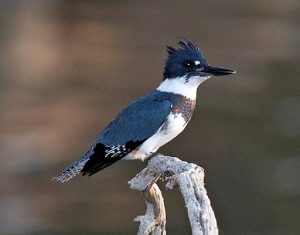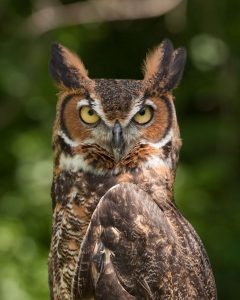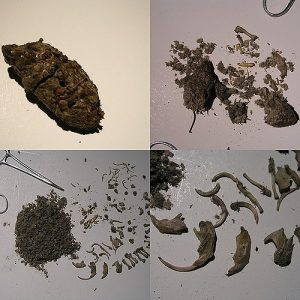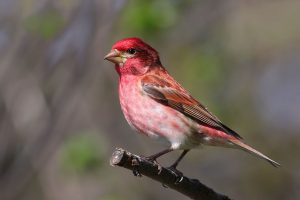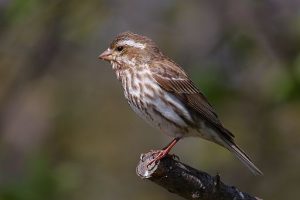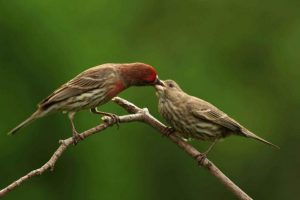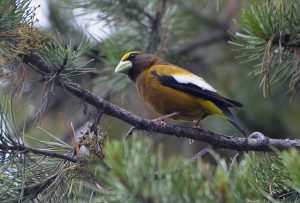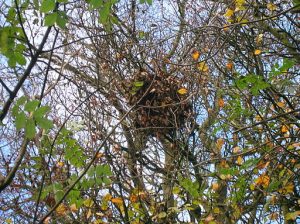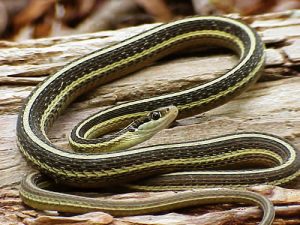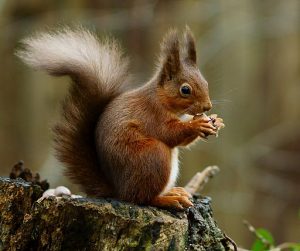Written by Gwyn Loud for the Lincoln Land Conservation Trust. She welcomes your sightings and questions at 781-259-8690 or gwyn_loud@comcast.net.
Winter will arrive officially at 5:23PM on December 21, the winter solstice, and the shortest day of the year in the Northern Hemisphere. Coincidentally, December’s full moon will also rise on that evening. It felt as if winter came early this year, with the first snow on November 17 and bitter cold at Thanksgiving. Since then we have had still more rain. One only has to drive over Lee’s Bridge and see the flooded fields along the Sudbury River to realize just how wet the last month has been. Recent sunny days, although cold, have been very welcome.
Only a few lingering avian migrants have been reported. A late red-winged blackbird and immature chipping sparrow turned up under our feeders and handsome fox sparrows have been seen in several places, slowly making their way farther south. Robins are eating berries and dried fruits; while many migrate, some always over-winter here. Birds such as great blue herons and belted kingfishers will remain in the area as long as there is open water allowing them to fish. Sightings of note among permanent resident birds include “dancing pileated woodpeckers”, ravens giving their deep croak calls, and great horned owls hooting around town, especially at dusk and pre-dawn. A group of second graders at Drumlin Farm was excited to find an owl pellet containing bones and fur.
As written in earlier columns, this is supposedly a year when irruptive species of birds from Canada will come south to New England due to poor food supplies in their normal range. So far only a few have been spotted in Lincoln; purple finches (easy to confuse with house finches), and a few red-breasted nuthatches and pine siskins. I was thrilled to see five gorgeous evening grosbeaks swoop into our feeding area and quickly devour a lot of sunflower seed. The gold, black and white males are spectacular! Other irruptive species we will be watching for this winter include pine grosbeaks, common redpolls, red crossbills, and bohemian waxwings.
Each year the National Audubon Society organizes Christmas Bird Counts all over the country within a two-week window. The data collected gives valuable information about population numbers of species and their range, the impacts of climate change, etc. Lincoln is part of the Concord Bird Count and our date is December 30. Townspeople who would like information about participating either as part of a field team or counting birds at feeders should check the website: https://concordcbc.org or call Norman Levey at 781-259-1162.
Most of our local mammals remain active during the winter. Only the woodchuck (aka groundhog) truly hibernates. According to Mass Audubon, “while hibernating, a woodchuck’s body temperature drops from 99°F to 40°F, and its heartbeat drops from 100 beats per minute to 4 beats per minute!” Chipmunks go underground into long burrows and tunnels and sleep a lot, waking in milder weather to eat from the vast stores of nuts and seeds they have collected. Small rodents such as voles, moles, mice, and shrews, are all busy finding food in the winter and you can often see the tunnels made by voles under the surface of the snow. I have been watching grey squirrels build a drey, a leafy ball about the size of a soccer ball, in our hemlock tree. These nests are lined with soft material which is woven so tightly that it is fairly waterproof. Several squirrels will use this nest or a tree cavity as winter shelter. Grey squirrels cache (store) food for winter such as acorns individually but, according to naturalist Mary Holland, red squirrels “often hide green cones in a pile of cone scales (middens) that accumulate at the site where the squirrels have previously eaten seeds, keeping the young cones moist so that they will retain the seeds within them. Red Squirrels sometimes go one step further than most animals that cache food — they frequently preserve their food by drying it before storing it. You’ll recognize this when you see it – an apple or mushroom stuck in the crotch of two branches. Sometimes the dried food is collected and cached near their winter quarters, but often it remains lodged in tree branches until eaten.” As for larger mammals, plenty of deer have been reported and a Weston Road resident saw a healthy animal which looked like a mix of coyote and red fox.
Other recent wildlife sightings of note include a ribbon snake found in a pile of decaying leaves. Ribbon snakes hibernate during the winter, sometimes sharing their hibernacula with other species of snakes. Thanks to the work of Professor Joe Elkinton and his lab at U. Mass. Amherst, a wildlife species we have NOT been seeing in numbers are the winter moths, which have done a lot of damage to trees over the past decade. The tiny flies released as biological controls have done their job!
As this is my final wildlife column of 2018, I would like to take the opportunity to thank my “official team” of wildlife observers: Tim Beliveau, Matt Burne, Stacy Carter, Vin Durso, Marcia Gagney. Tom Gumbart, Nancy Hammond, Colleen Katsuki, Sue Klem, Jane Layton, Norman Levey, Kathleen Lomatowski, Susan Madaus, Ron McAdow, Harold McAleer, Ellen Meadors, Alaric Naiman, Corey Nimmer, Tia Pinney, Fred Richardson, Kathy Seymour, Nancy Soulette, Pam Sowizral, Rob Todd, and Robin Wilkerson. I am also grateful for the calls and e-mails from other observant townspeople who appreciate the many forms of wildlife around us. Sad to say, my husband, Rob, died at the end of 2017; he always improved my columns with gentle editing and we shared a love of the natural world.
© Gwyn Loud


